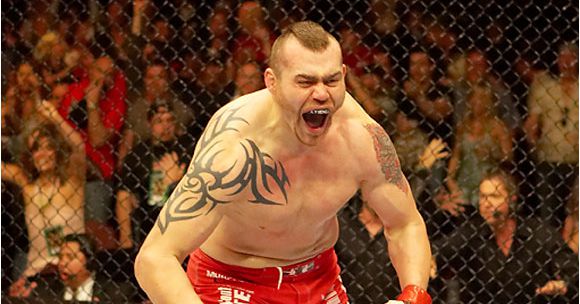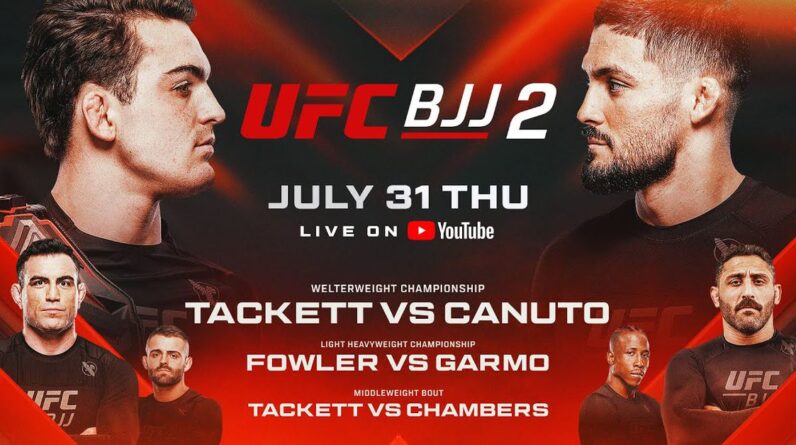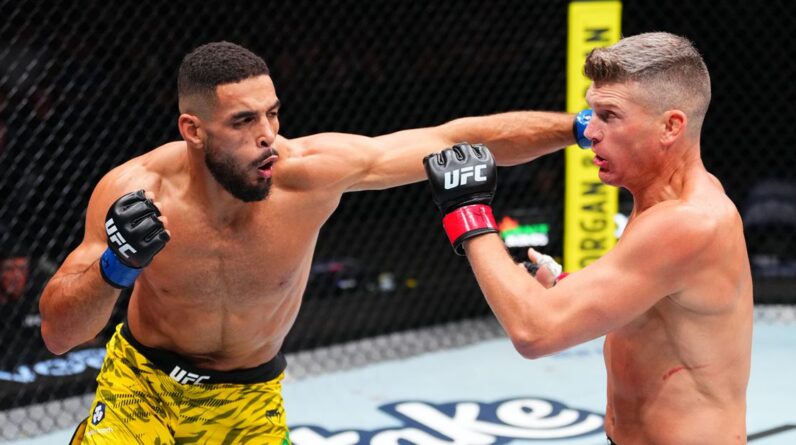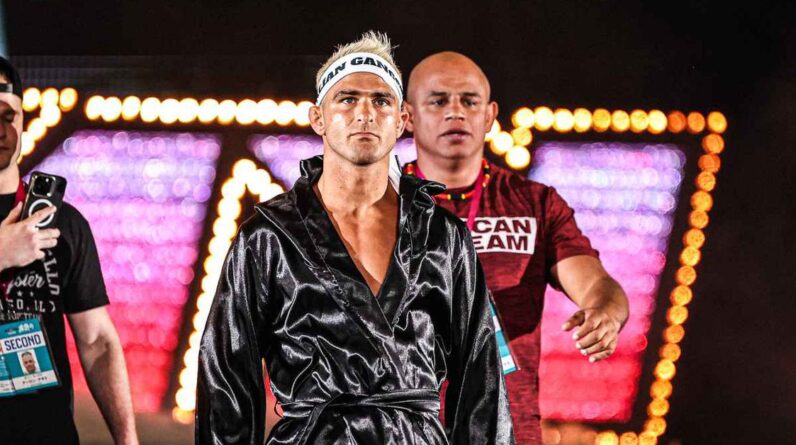Table of Contents
From Oversized Gi to Grappling Glory: A Young Boy’s First Day in Jiu-Jitsu
I remember watching my six-year-old nephew on his first day of Jiu-Jitsu. He stood there in an oversized gi, one pant leg dragging on the floor, unsure whether to be excited or terrified. That moment took me back to my own martial arts journey and made me realize just how much these early experiences shape not only future fighters but also character.
As someone who’s covered the MMA world for years, I’ve interviewed countless UFC champions who all started somewhere similar – often as hesitant kids with gis that didn’t quite fit right.
The Nervous First Steps That Create Champions
There’s something profoundly humbling about watching a child take their first steps onto the mats. My nephew – let’s call him Jake – had been begging to train after watching UFC fights with me for months. His eyes would light up when fighters like Charles Oliveira or Khabib Nurmagomedov executed perfect submissions.
But reality hit different that first day. The confidence he displayed at home disappeared when faced with actual training partners and an instructor who expected him to pay attention for a full hour.
“I don’t know if I can do this,” he whispered to me, tugging at his gi that seemed to swallow his small frame whole.
That vulnerability is something even the toughest fighters in the octagon have experienced. Jorge Masvidal once told me about his first day training: “I was scared as hell, man. But that fear? That’s the first opponent you have to beat.”
Why Starting Young Matters in Combat Sports
The benefits of starting Jiu-Jitsu or any martial art at a young age extend far beyond fighting technique. Studies consistently show these early experiences build:
- Discipline – Learning to follow instructions and respect training protocols
- Resilience – Developing the ability to face challenges and overcome failures
- Focus – Improving attention span and concentration abilities
- Confidence – Building self-esteem through progressive skill development
Jake’s instructor later told me: “That first day is crucial. Kids who push through that initial discomfort often develop mental toughness that serves them throughout life – whether they become fighters or not.”
From Playground to UFC Octagon: The Long Journey Begins
Many UFC fighters started their journeys exactly like Jake – looking overwhelmed in oversized gis. Consider these notable examples:
| Fighter | Starting Age | First Martial Art |
|---|---|---|
| Khabib Nurmagomedov | 8 | Wrestling |
| BJ Penn | 17 | Brazilian Jiu-Jitsu |
| Rose Namajunas | 5 | Taekwondo |
| Georges St-Pierre | 7 | Karate |
I remember interviewing Brian Ortega who told me: “My gi was so big I tripped over it more than my opponents did. But every time I wanted to quit, my coach would tell me that champions aren’t made when things are easy.”
The Transformation Begins
About thirty minutes into Jake’s first class, something clicked. The initial fear gave way to curiosity. By the end of the hour, he was attempting to execute a basic collar grip with the same determination I’ve seen in championship fights.
His instructor later explained: “That transition happens with almost every kid. They come in terrified and leave empowered. It’s like watching a flower bloom in fast motion.”
What struck me most was how the other kids – some with years of training – helped Jake adjust. That sense of community is something you see at the highest levels of MMA as well. Even bitter rivals often show tremendous respect once the fight ends.
Lessons Beyond the Submission
Jake didn’t master any techniques that day. He didn’t tap anyone out or execute a perfect takedown. But he accomplished something perhaps more important – he faced fear and didn’t retreat.
Watching him from the sidelines, I couldn’t help but think about Dustin Poirier’s words after a tough loss: “The ultimate failure isn’t losing; it’s not having the courage to try.”
Six months later, Jake’s gi finally fits. He’s earned his first stripe on his white belt. But more importantly, he’s learned to fall correctly, to respect his training partners, and to persevere when techniques don’t come easily.
Could Your Child Be the Next UFC Champion?
Probably not – and that’s perfectly okay. The odds of becoming a UFC champion are astronomically low. But the odds of developing character, discipline, and confidence? Those are nearly guaranteed with proper martial arts training.
If you’re in Brevard County and considering martial arts for your child, remember that the most important factor isn’t finding the gym that’s produced champions – it’s finding instructors who understand child development and create supportive environments.
As Jake’s instructor told the parents after that first class: “We’re not just teaching them to fight – we’re teaching them when not to.”
Getting Started: What Parents Should Know
If you’re inspired to enroll your child in Jiu-Jitsu or another martial art, here are some quick tips:
- Visit multiple schools before deciding – each has a unique culture
- Look for classes specifically designed for your child’s age group
- Don’t invest in expensive equipment until you know they’ll stick with it
- Prepare them for initial discomfort and normalize the learning curve
- Emphasize fun and personal growth over competition initially
And most importantly – be patient. That oversized gi will fit perfectly someday, and the lessons learned on the mat will extend far beyond any physical technique.
Jake still talks about that first day – how scary and exciting it was all at once. Now when new kids join his class, he’s the first to help them adjust their gis and show them where to line up. The journey continues, one roll at a time.
Have your children tried martial arts? What was their first day like? Share your experiences in the comments below!






